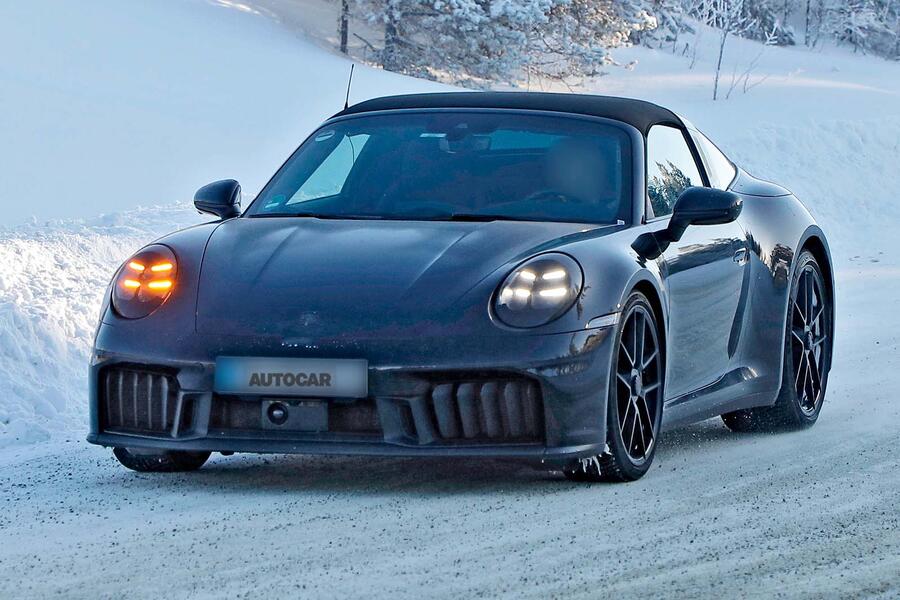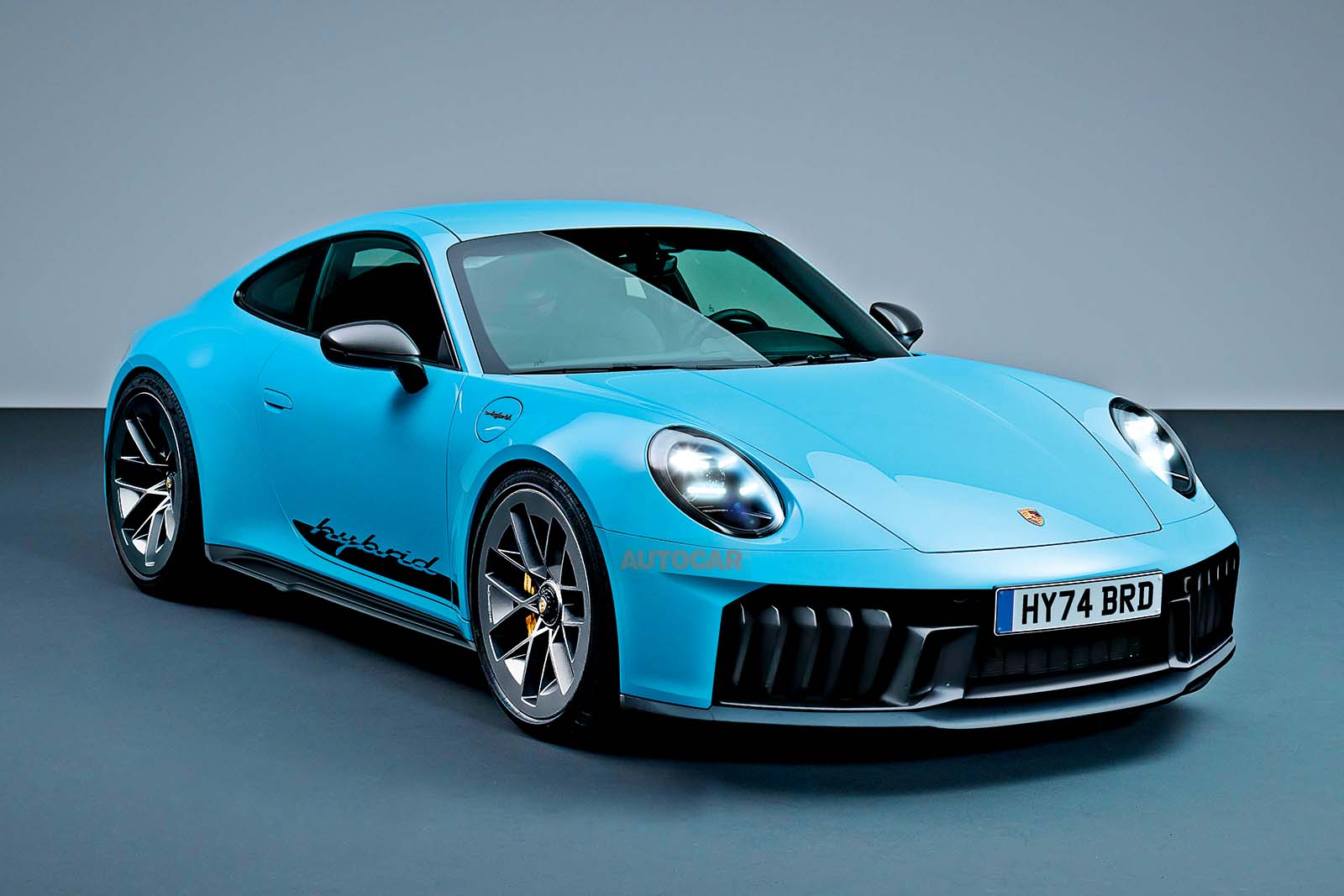Among the possibilities for the more sporting 911 models is a new 3.6-litre version of the classic six-cylinder Porsche engine, running a single variable-vane turbo – an engine that, insiders suggest, will form the basis of the next-generation 911’s powertrain in 2027.
The low production volumes planned for the successor to today’s 911 GT3 suggest it will retain its naturally aspirated 4.0-litre six, albeit with a moderate lift in reserves.
A fully electric 911 is not immediately planned. Instead, Porsche envisages its long-running coupé and cabriolet progressing into the future with electrified combustion engines in combination with new e-fuel derivatives to provide net-zero emissions.
Changes at a glance
Enhanced cooling: To boost cooling for the front-mounted radiators and brakes, Porsche has given the new front bumper distinctive air ducts that house five vertical louvres in place of the three horizontal louvres on each side of the existing model. It is most likely that they will incorporate some sort of active operation to better balance cooling and aerodynamic drag. There is also a larger central air duct book-ended by additional cooling channels on either side.

Revised headlamps: Instead of being housed within the top section of the bumper insert, the indicators are now integrated into revised headlight assemblies that feature a new graphic design. As with the units used by the facelifted Cayenne, the new headlights are expected to offer HD matrix LED functionality with more than 32,000 pixels per unit and the capability of lighting the road for up to 600 metres.

Laura Adams is a tech enthusiast residing in the UK. Her articles cover the latest technological innovations, from AI to consumer gadgets, providing readers with a glimpse into the future of technology.








